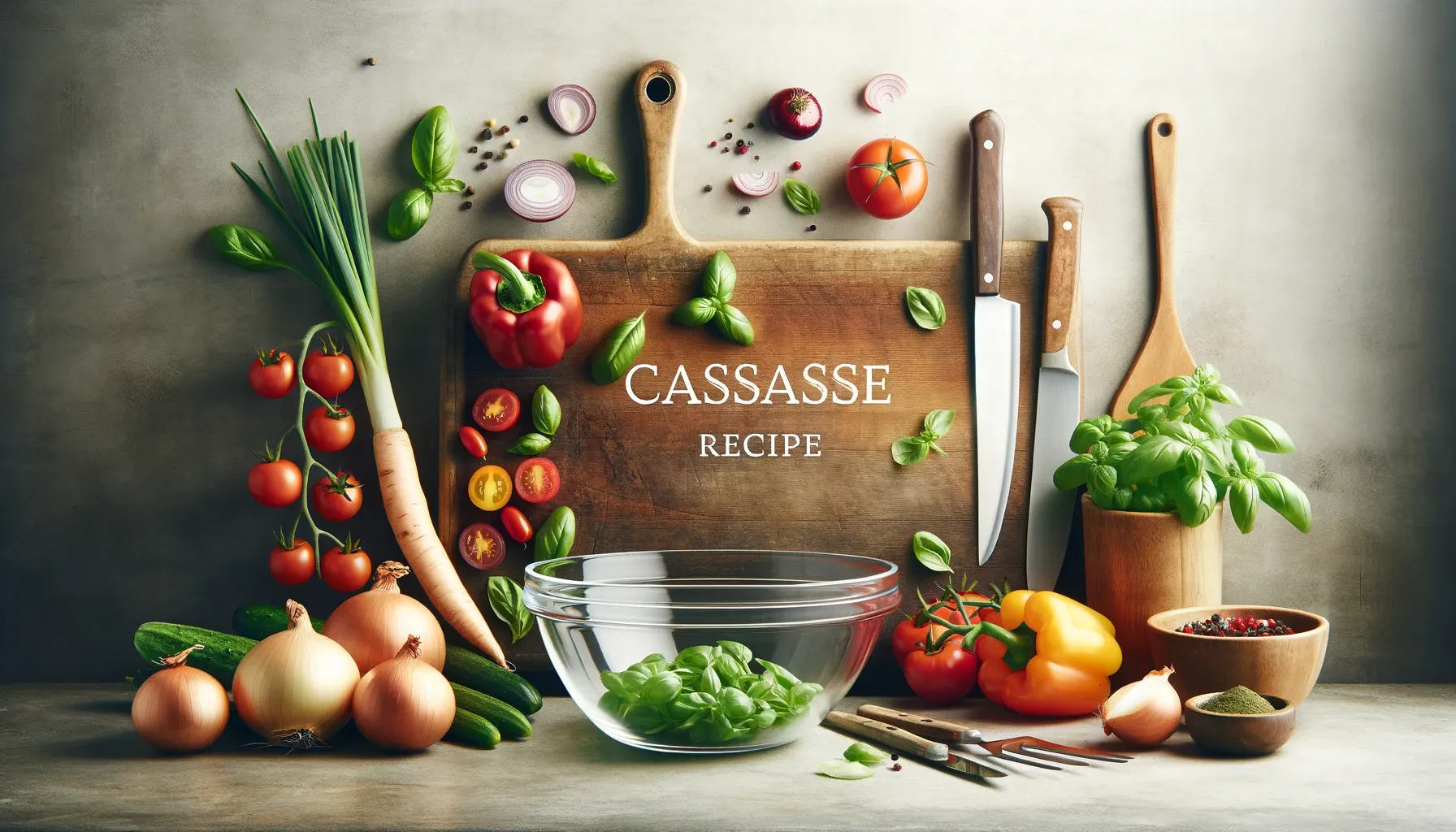Welcome to our complete manual on making cassasse, a pleasing culinary journey that brings the flavors of the way of life to your kitchen. In this guide, we’ll take you step-through-step through the technique of crafting this superb dish, making sure that you no longer most effectively grasp the art but additionally create a culinary masterpiece that sticks out.
Understanding the Essence of Cassasse
What is Cassasse?
Cassasse, often hailed as a culinary gem, is a traditional dish with roots deeply embedded in rich cultural history. Originating from [insert region], this dish is a harmonious blend of flavors and textures that captivate the taste buds. It’s a dish that not only satisfies hunger but also tells a story through its ingredients and preparation.
Related: Sirloin Tip Roast Recipe

The Significance of Cassasse
Before delving into the nitty-gritty of preparing cassasse, let’s take a moment to appreciate its significance. Traditionally associated with [insert cultural or religious events], cassasse is more than just a meal; it’s a symbol of celebration, family, and heritage.
Ingredients: The Building Blocks of Flavor
To create an authentic cassasse, you need to start with the finest ingredients. Here’s a breakdown of what you’ll need:
1. Flour
Begin with high-quality all-purpose flour as the base for your cassasse. The choice of flour plays a crucial role in determining the texture and consistency of the dish.
2. Water
Ensure that your water is at the right temperature. Lukewarm water works best to activate the yeast and allow the dough to rise perfectly.
3. Yeast
Choose a reliable brand of yeast to guarantee a well-leavened dough. The yeast contributes to the light and airy texture that defines an excellent cassasse.
4. Salt
A pinch of salt enhances the overall flavor profile of the dish. Opt for sea salt or kosher salt for a more nuanced taste.
The Art of Preparation
Now, let’s dive into the step-by-step process of making cassasse:
1. Mixing the Dough
In a large mixing bowl, combine the flour, water, yeast, and a pinch of salt. Use your hands or a stand mixer to knead the dough until it reaches a smooth and elastic consistency.
2. Proofing the Dough
Allow the dough to rest and rise in a warm, draft-free environment. This step is crucial for achieving the desired fluffiness. Patience is key here – let the yeast work its magic.
3. Shaping the Cassasse
Once the dough has risen, gently shape it into the traditional cassasse form. This can vary based on regional preferences, but aim for a distinctive shape that reflects the dish’s authenticity.
Baking Perfection
1. Preheating the Oven
Ensure your oven is preheated to the recommended temperature. Consistent heat is essential for the cassasse to bake evenly and develop a golden-brown crust.
2. Baking Time and Temperature
Bake the cassasse until it achieves a beautiful golden hue. The exact time and temperature may vary, so keep a close eye on your creation to ensure it reaches perfection.
Serving Suggestions
Cassasse is a versatile dish that can be enjoyed in various ways. Here are some serving suggestions:
1. Traditional Pairings
Pair your cassasse with traditional accompaniments like [insert local sauces or side dishes]. This enhances the overall dining experience and pays homage to the dish’s cultural roots.
2. Modern Twists
Feel free to experiment with modern twists on cassasse. Consider serving it with [insert contemporary pairing ideas] to add a creative touch to this classic dish.
Final Words
In conclusion, making cassasse is a culinary adventure that connects you with tradition and flavor. By following this comprehensive guide, you’re not just cooking a meal – you’re crafting an experience that tells a story on your plate.

